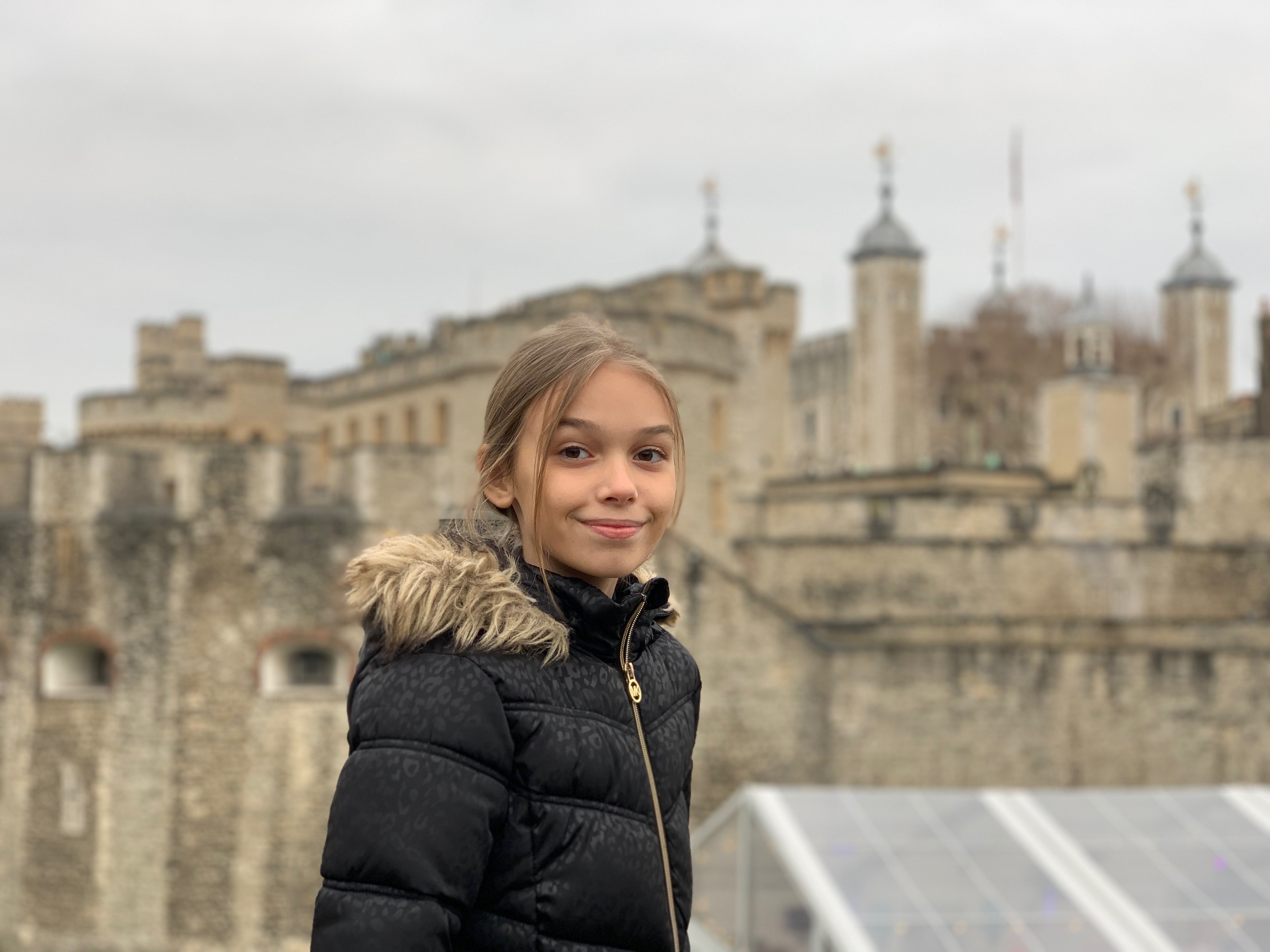Mindfulness – a mentality attained by maintaining focal point on the present situation, all while remaining calm and accepting one’s feelings and sensations. The three predominant components of mindfulness are self-awareness, situational-awareness, and an intention to exhort awareness.
Mindfulness is a very useful practice that can be easily implemented into one’s daily life, simply using five techniques: breathing, meditation, self-control, focus, and releasing stress or tension. We often think of mindfulness as one of the most significant components to being a successful and compassionate leader, and that is absolutely correct. Mindfulness goes much deeper than simply the state of being individually and situationally aware; it’s about adapting to your surroundings, learning how to stay calm when addressing predicaments, and simply cultivating your wisdom and knowledge.
Here are five easy and quick ways to incorporate mindfulness into your everyday life.
First Mindfulness Strategy; Deep Breathing
Society nowadays is rushed; we’re constantly moving back and forth between activities. It’s quite unfortunate how the foundation of millions’ of peoples’ lives is simply working for the sake of providing and surviving. And don’t get me wrong; I personally love what I do. Being a twelve-year-old author and podcast speaker is a dream come true. But so many of us are remiss to just stop for a second, look around at the world’s beauty, and breathe. Breathe from the very bottom of our abdomen, all the way up to our lungs and throughout our entire body.
You are never too busy to prioritize yourself. Take a moment to lay flat on your back, eyes closed, slowly easing into a state of relaxation and deep breathing. Place your hands, fingertips touching, over your lower abdomen and slowly begin to breathe, making sure that your fingers move apart as you inhale and come back together as you exhale. This is a breathing technique that can be used for mindfulness, fighting insomnia, or simply mitigating stress.
2. Second Mindfulness Strategy; Meditation
The realms of meditation are impregnable; ranging from walking to tantra to yoga, one should not limit their choices at the word “meditate”. Walking meditation is an approach I have found to be most helpful when practicing and establishing a sense of mindfulness. Take a minute to stroll through your backyard or a nearby park, appreciating and loving whatever it is that you can, even the smallest of essences; a bird singing in the distance. A warm summer breeze. A beautifully unique tree. A vivid flower. Mindfulness is chiefly about your awareness and gratitude for the world that is around you and all the opportunities that have been bestowed upon you. The universe has a plan for you. You will know if you’re on the wrong path in life; so for now, just keep working and one day, everything will come together perfectly. And if it doesn’t, it’s not yet over.
3. Self-Control
Self-control is probably the cardinal step in evolving mindfulness within yourself. In order to be situationally aware, you must first be self-aware. And you can do so by mixing some of the steps all together; for instance during breathing exercises: an exemplification of self-awareness would be being aware of your every breath, every body movement, and every thought. When your mind is a companion of your body, you can truly manifest a connection with the world and be completely in alliance with all the wondrous elements of life and consciousness.
4. Focus
Concentration is more of a step connected to other steps, rather than a standalone. Self-awareness and breathing exercises are perhaps at the top of the ladder when it comes to expressing and fostering mindfulness. During breathing exercises, we tend to become careless and not remain fully focused on adequately inhaling and exhaling. From the beginning to the very end of your breathing exertions, your mind must never stray from your body. Therefore, the mindfulness improves and with it, the concentration.
5. Releasing Stress and Tension
Although the purpose of breathing and meditating is to release stress and tension, I do suggest enacting some other utilizations before then. For example, check out my other article here on healthy foods to consume when stressed. Let’s give an example of accumulated tension in the human body; when you’re driving a car to work for instance, you are tensile and eager to get there as quickly as possible. You stop at a red light and become rather frustrated due to the slight delay in your arrival. However, this red light may be a discreet sign to just calm down and go with the flow. The intricacy of quantum mechanics and other scientific studies has shown that our paths in this world could be predestined. And this doesn’t mean you should drop everything and except for success to rain down on you. It’s all about keeping up a cycle of diligence, mindfulness, and open-mindedness.
Thank you for taking the time to read this article on five easy ways to implement mindfulness into your everyday lives. Check out my profile and other articles here.


